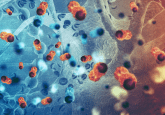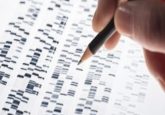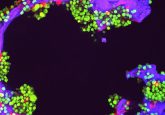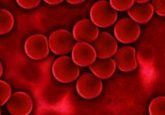Long noncoding RNAs to predict survival in acute myeloid leukemia: a step toward personalized medicine?
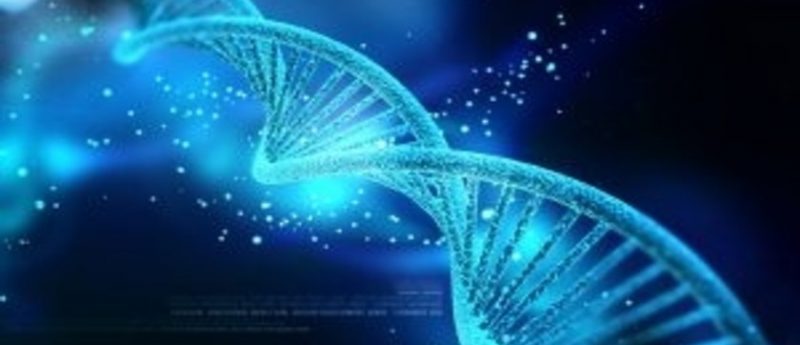
Acute myeloid leukemia (AML) is a clinically, biologically, molecularly diverse and highly aggressive hematologic malignancy characterized by clonal expansion of immature myeloid precursors, or blasts, in the blood and bone marrow. Despite current treatments, the long-term overall survival (OS) rates are only approximately 40% for younger (<60 years) and approximately 10% for older (>60 years) AML patients [1].
One of the major goals in leukemia research is to fully characterize the genetics and molecular alterations in AML in order to: first, develop novel therapeutic strategies and, second, identify biomarkers for treatment response and outcome that will allow for optimal risk-based stratification for treatment. Over the past 20 years, there has been great progress in this area. Several studies have established that pretreatment cytogenetics provide significant information regarding prognosis and responsiveness to intensive standard chemotherapy [2] and are still considered, by many, to be the most important disease characteristic by which to risk-stratify AML patients. The systematic discovery of the landscape of recurrent mutations in AML has contributed greatly to the molecular characterization and outcome prediction of AML. However, using current cytogenetic and molecularly risk-stratified therapies, about 20–30% of AML patients never achieve complete response (CR), and over 50% of those who do achieve CR subsequently experience early disease relapse, typically within 2 or 3 years [3]. Thus, much work is still needed in this area.
Click here to view the full article in Biomarkers in Medicine.
